Divers Discover “Lost City Atlantis” Metals off Italy’s Coast
Researchers believe they have finally recovered a sample of the mysterious metal orichalcum, which is said to have been used throughout the lost city of Atlantis.
Nearly a decade ago, a diver stumbled upon numerous ingots of the unusual metal on a shipwreck close to the coast of Sicily. This alloy held a unique red tinge, sparking a wave of speculation. Could this be the elusive orichalcum, the legendary metal of Atlantis spoken of by the Greek philosopher Plato?
The Story of Atlantis
No myth of an ancient lost civilization is as enigmatic and captivating as that of ancient Atlantis. The story of this mysterious culture, as told by the ancient Greek philosopher Plato in his writings Timaeus and Critias, dated to around 360 BCE.
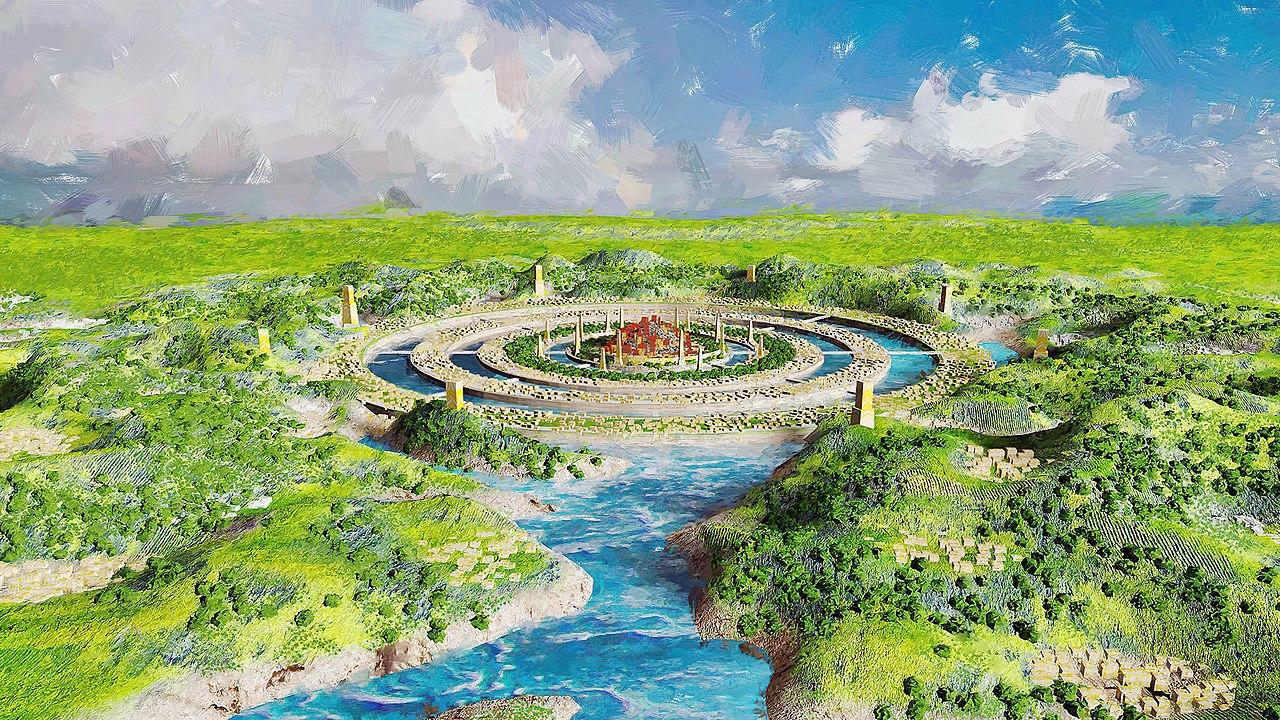
Source: Wikimedia
He speaks of an ancient and advanced seafaring civilization whose capital city lay beyond the Pillars of Hercules, known today as the Straits of Gibraltar. Unfortunately, almost 8,000 years before his time, a great cataclysm sank their fabled capital beneath the Atlantic oceans.
The Fascination With Plato's Story
Plato details Atlantis in his writings, speaking of the inhabitants as if they were half god and half human. Their capital comprised several concentric islands separated by moats, and their lands were full of precious metals, including gold and silver.

Source: Wikimedia
During his accounts of the Atlantians, Plato speaks of their fascination with a metal known as orichalcum. This fire-colored metal, considered extremely valuable, held a unique allure to the people of Atlantis, second only to gold in its desirability.
Orichalcum Covered the Capital City
Throughout the dialogue, Plato makes numerous references to orichalcum, explaining that the Atlantians extensively mined the metal and used it on their most sacred structures, including the royal palace known as the Temple of Poseidon.
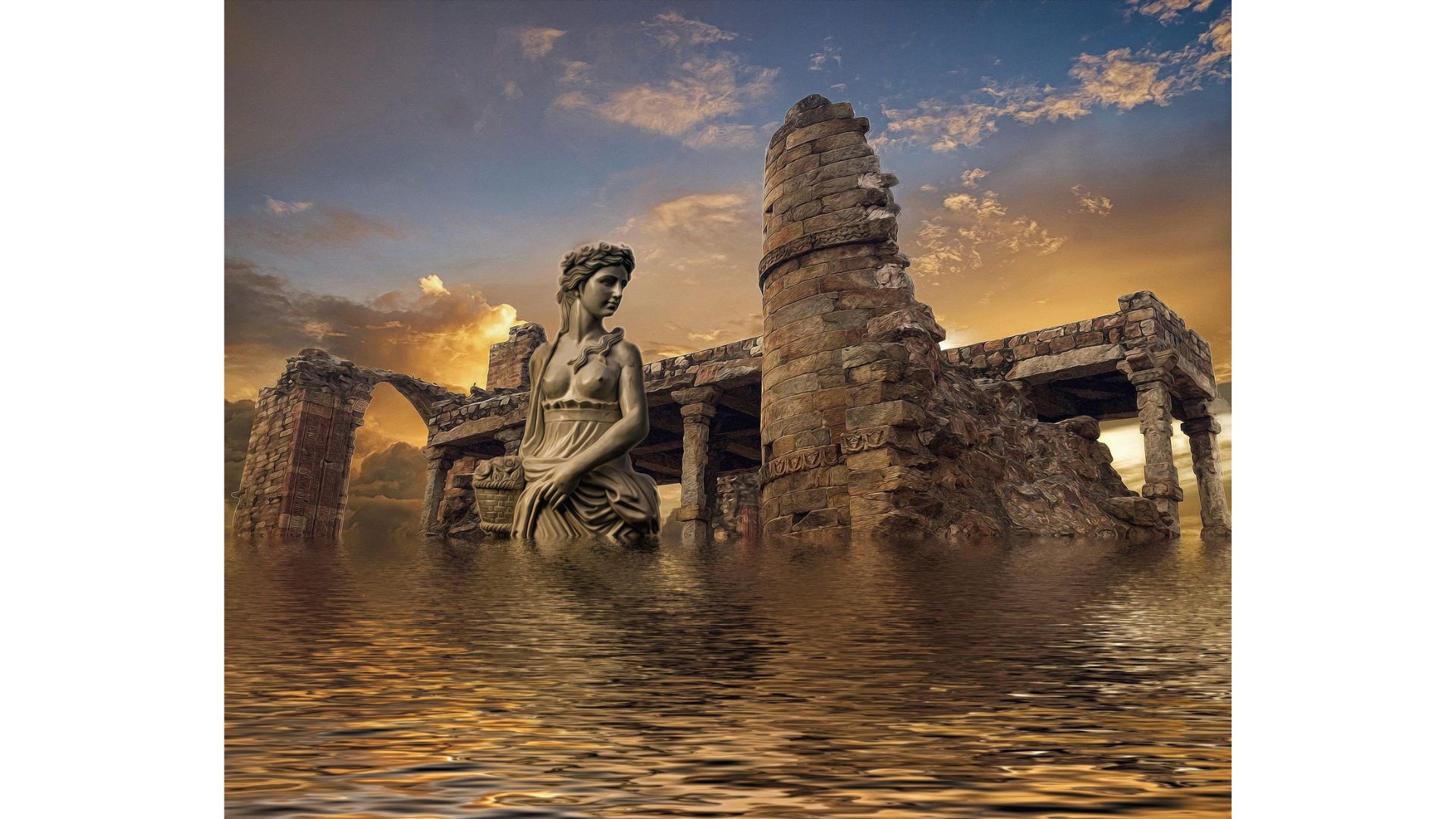
Source: darksouls1/pixabay
“In the interior of the temple, the roof was of ivory, curiously wrought everywhere with gold and silver and orichalcum; and all the other parts, the walls and pillars, and floor, they [were] coated with orichalcum,” he wrote in Critias.
The Second Most Valuable Metal
The name given to the mythical metal comes from the Greek word oreikhalkos, which translates to “mountain copper” or “cooper mountain.”
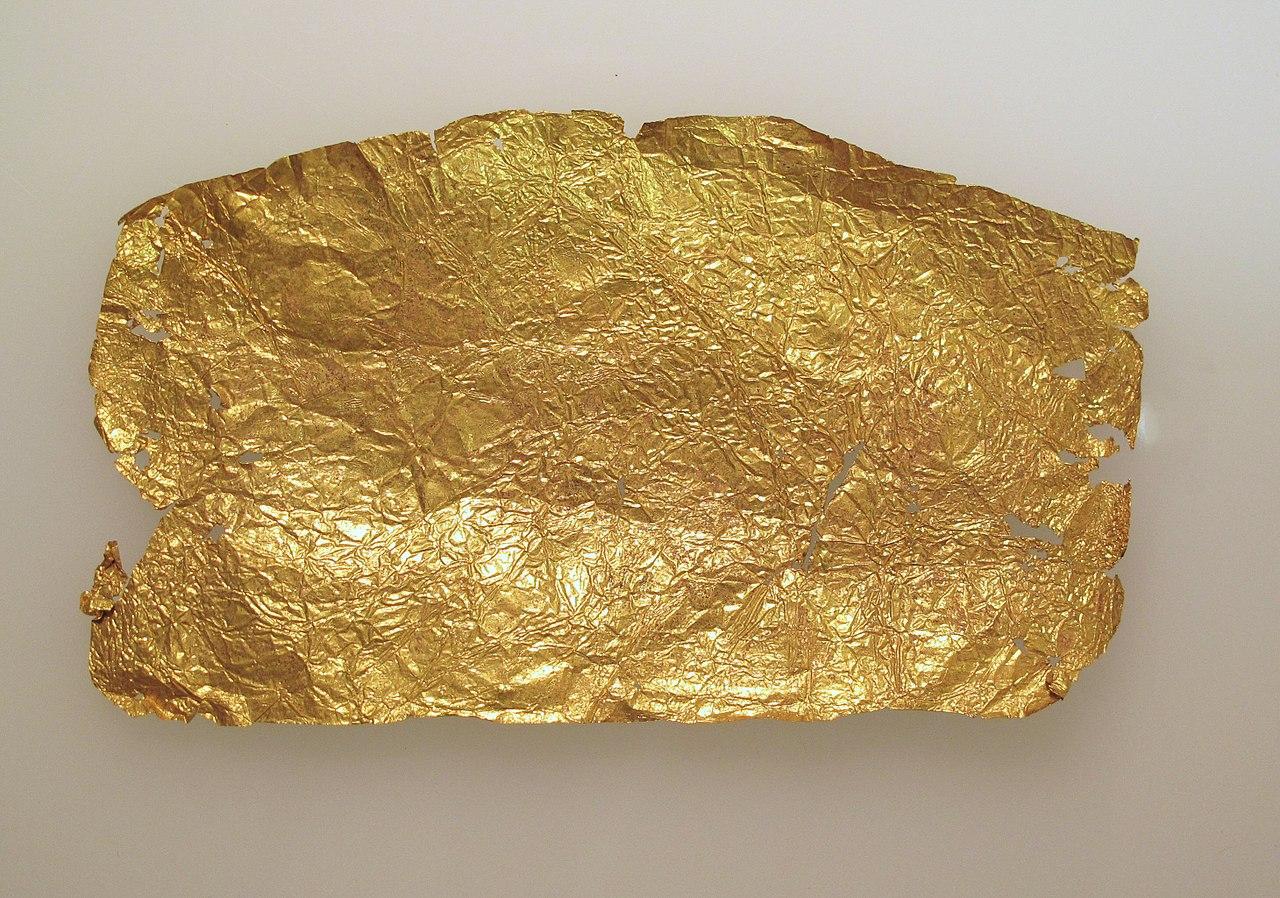
Source: Wikimedia
According to Plato’s 5th-century BC Critias dialogue, orichalcum was the second most valuable metal after gold and was mined in many parts of the legendary Atlantis in ancient times, according to myth.
Theories About the Metal
Ancient Greeks say that Cadmus, a Greek-Phoenician mythological character, invented orichalcum. However, many believe that the metal was a gold-copper alloy, a copper-tin alloy, or copper-zinc brass.

Source: Freepik
Others suggest that the metal might have been a natural resource that no longer exists and has been lost to history.
Text Mentions the Metal Again
Plato was not the only ancient figure to mention the mythical metal in his works. Vergil’s Aeneid mentioned that the breastplate of Turnus was “stiff with gold and white orachalc.” This led many to believe that orachalcum was an alloy of gold and silver.

Source: Jcomp, Freepik
Josephus’s Antiquities of the Jews did not support this case when he stated that the vessels in the Temple of Solomon were made of orchalcum, a bronze that resembled gold in beauty.
Orichalcum Vanishes
As orichalcum became harder to produce, minting orichalcum coins after Nero’s reign increasingly included lead and tin, suggesting that manufacturers added scrap bronze to the coin production process.
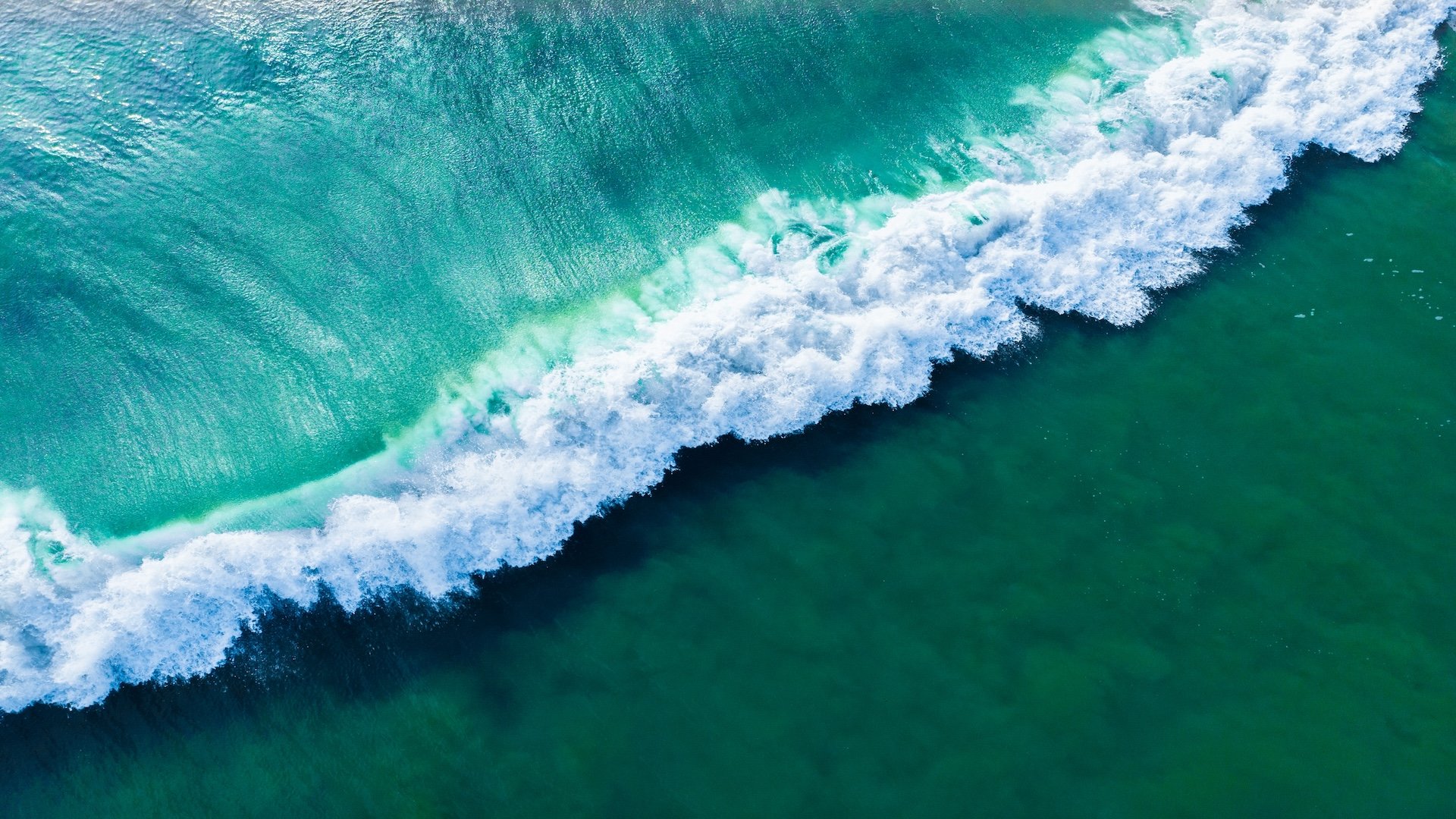
Source: wirestock/freepik
When Publius Helvius Pertinax succeeded in Commodus, orichalcum disappeared from coin manufacturing.
The Metal Linked to Two Jaguars
Enrico Mattievich, a retired physics professor, believes the Greeks discovered a metallic alloy “with fire-like reflections” similar to Plato’s descriptions of a set of metallic jaguars.
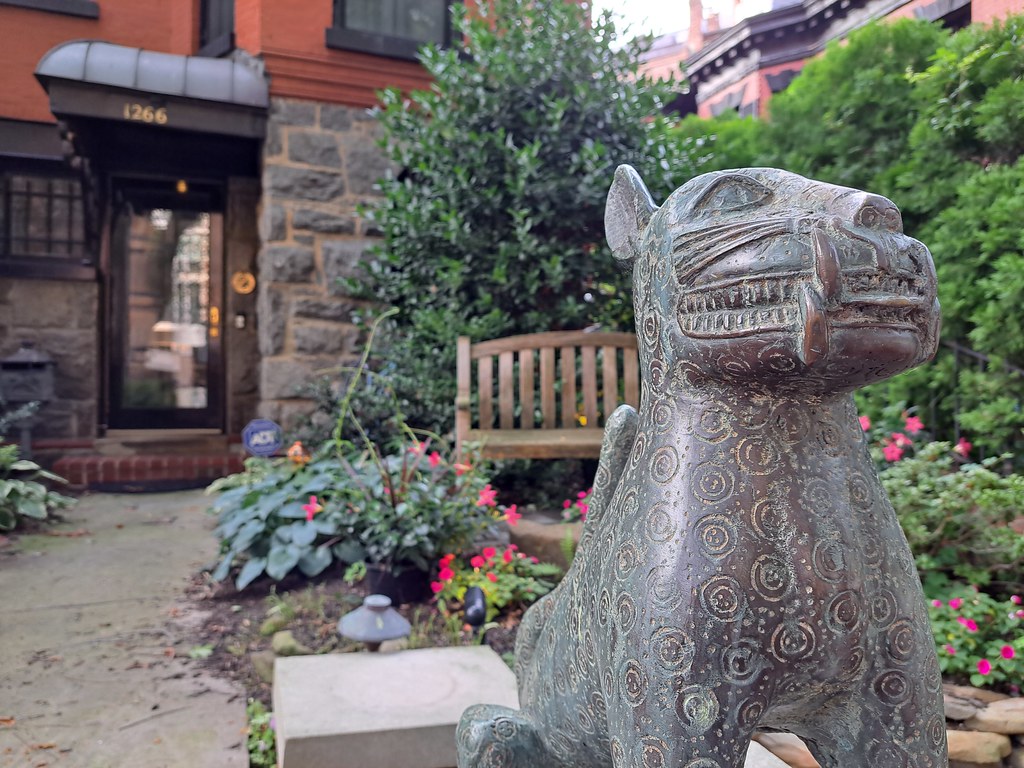
Source: BeyondDC/Flickr
In his book Journey to the Mythological Inferno, Mattievich notes that the statues matching Plato’s description were made of copper, gold, and silver, not the mythical orichalcum.
Diver Discovers Unusual Metal Near Sicily
While the metal has often been considered nothing more than a legend, just like the Atlantean city itself, those searching for the lost city of Atlantis have often sought out this precious metal, hoping it could lead them to its submerged remains.
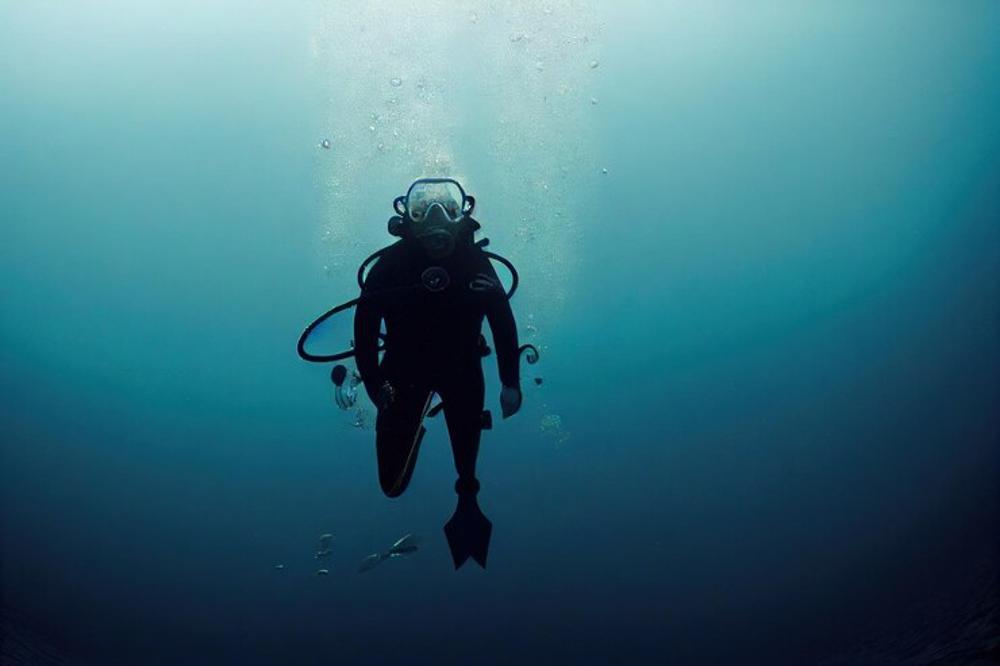
Source: Freepik
In 2014, researchers thought they had finally found evidence of Plato’s legend. Francesco Cassarino had been exploring the remains of a 2,600-year-old shipwreck near Sicily when he discovered 40 ingots of an unusual metal.
Researchers Further Investigate the Site
After the impressive discovery, research teams conducted further investigations at the shipwreck, and just two months into 2016, they recovered 47 more ingots in the same vicinity.
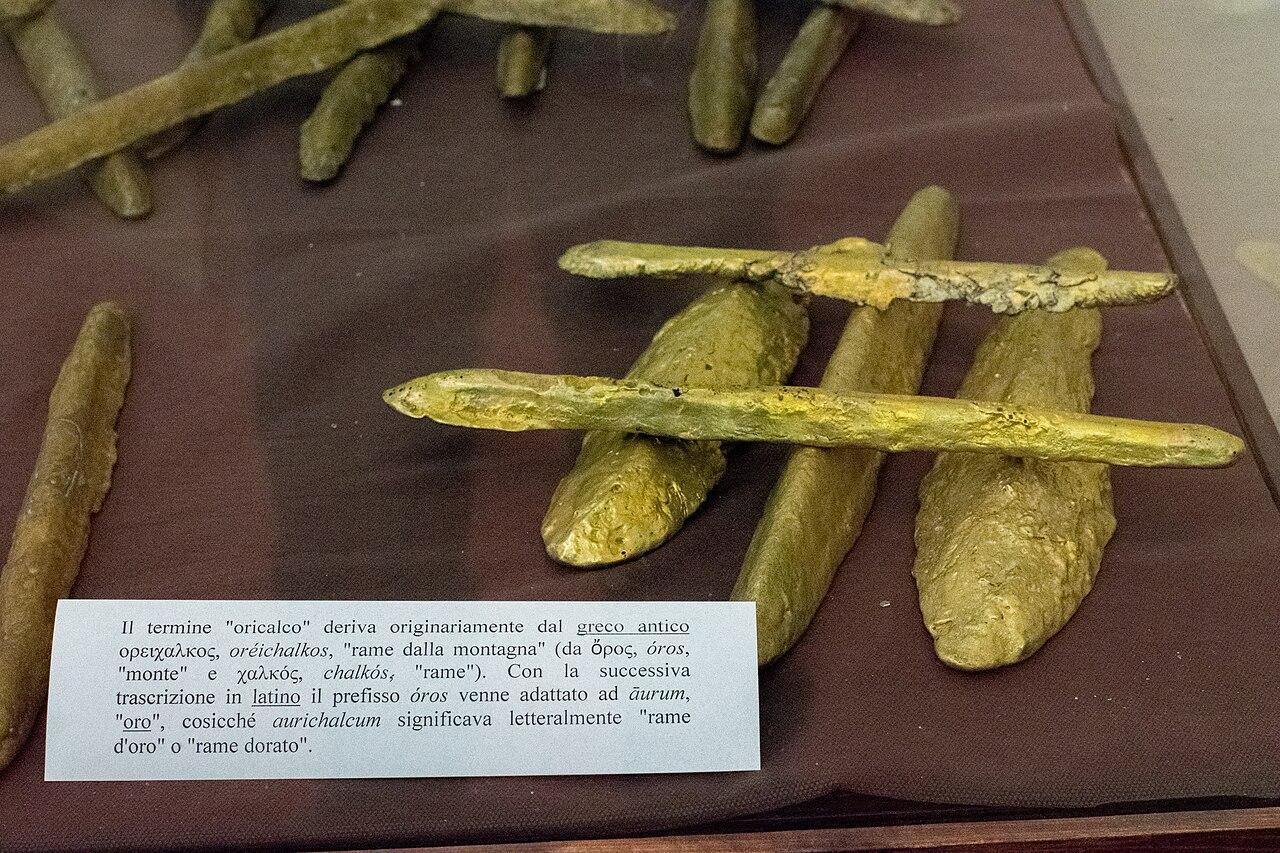
Source: Wikimedia
Most of the ingots were cigar-shaped and golden-yellow, with a red tinge, just like that mentioned by Plato. This led the researchers to refer to the metal as orichalcum.
Nothing Ever Seen Before
Sebastiano Tusa, Sicily’s superintendent of the Sea Office, reveals that the ingots likely came from Greece or Asia Minor to Sicily.

Source: Wikimedia
Tusa noted that discovering these ingots, long considered a mysterious metal, is significant to history because “nothing similar has ever been found.” He said, “We knew orichalcum from ancient texts and a few ornamental objects.”
What Are the Metal Ingots Made Of?
Researchers took samples of the melts and published their results in the Journal of Archaeological Science in 2021.
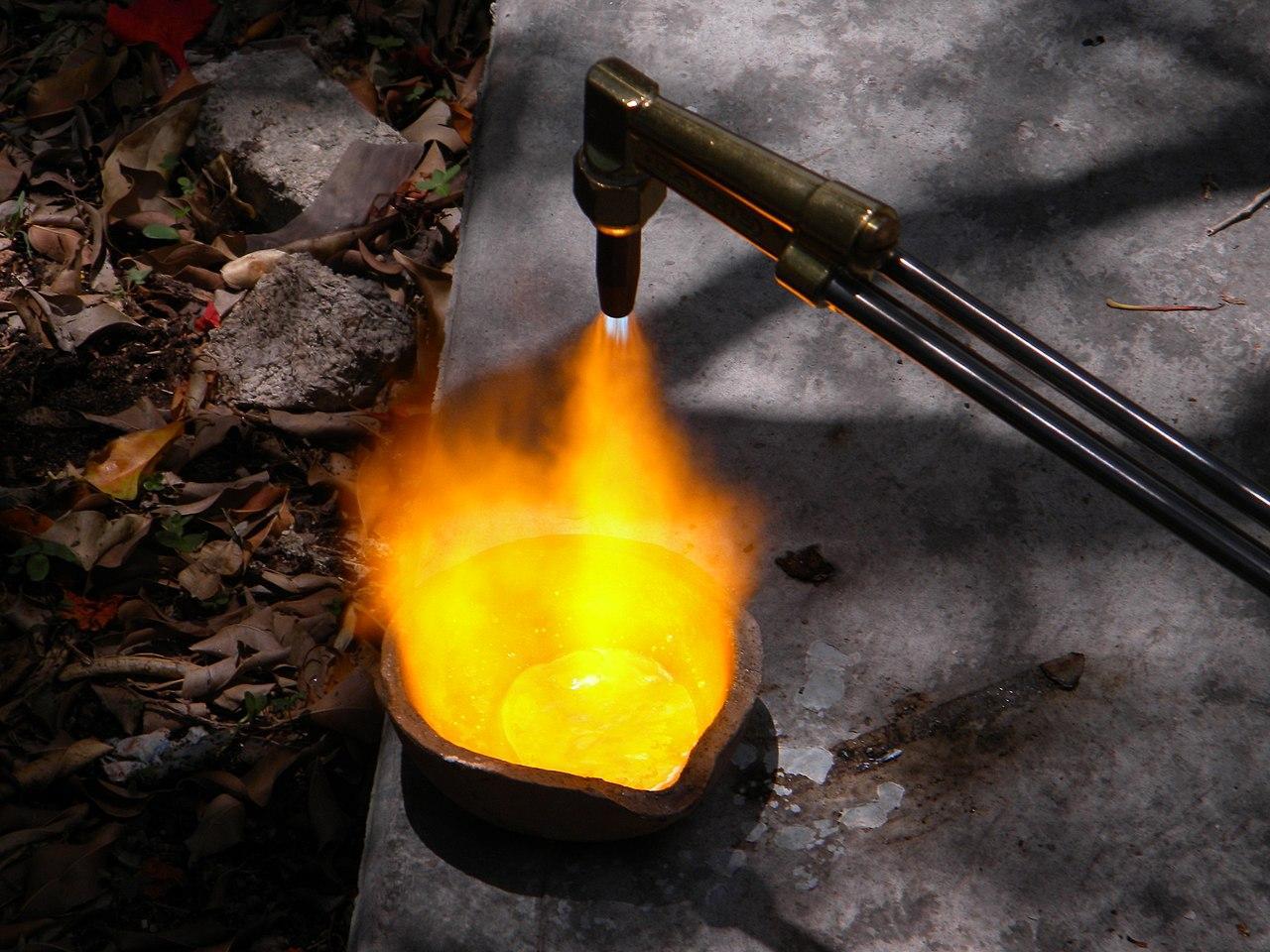
Source: Wikimedia
According to the scientists, the metal was made from a mix of around 80% copper, nearly 20% zinc, and a minor amount of other metals.
Properties of the Unique Metal
Researchers identified several unique properties of the metal, one of which is that it is extremely malleable. It is also resistant to tarnishing and far stronger than regular copper.

Source: Wikimedia
Due to all of its previous properties, it held considerable value, and it even resembled gold, with the addition of a fiery red tinge.
The Popularity of Orichalcum in Ancient Times
Despite many attempts to associate this metal solely with the Atlantians, it turns out it was a fairly popular alloy in Ancient Greece and Rome. Due to its resemblance to gold, various prime Romans even took advantage of this.
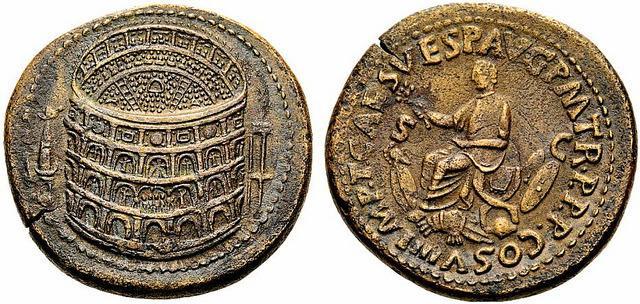
Source: @AncientOriginsE/X
According to one story, Julius Caesar stole around 1,360 kg from the Roman capital, replacing it with the much cheaper orichalcum. It’s thought Emperor Vitellius partook in a crime of a similar nature.
Copper From the Mountains
In ancient times, orichalcum was often referred to as “mountain copper.” One of the earliest references to the metallic alloy stems from the revered Greek poet Homer.
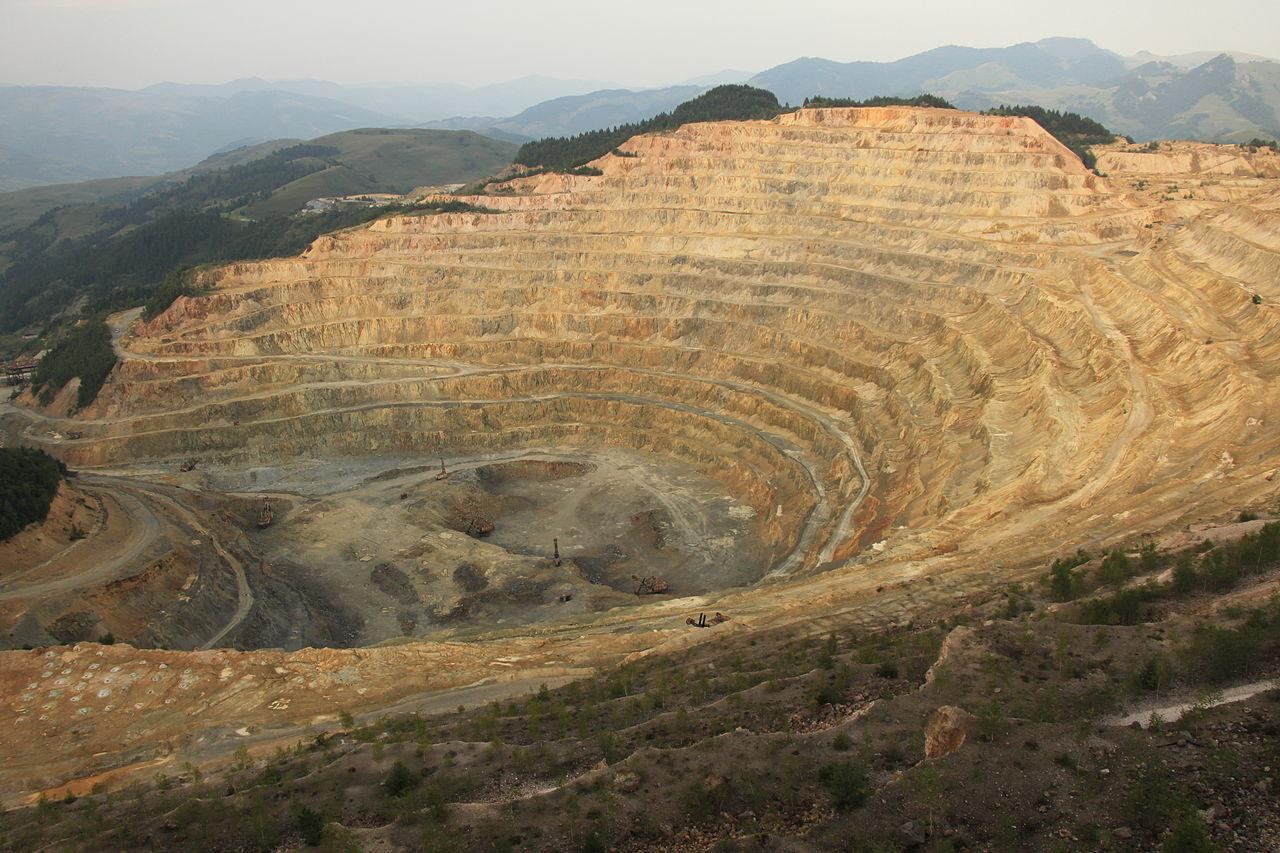
Source: Wikimedia
In his Homeric Hymn to Aphrodite, written around 630 BCE, he describes the goddess of love, who has “copper from the mountains” hanging from her ears.
Orichalcum Disappears During Roman Times
Orichalcum was used in the minting of coins during the early years of the Roman Empire. However, during Emperor Nero’s reign, the level of zinc in coins significantly decreased.
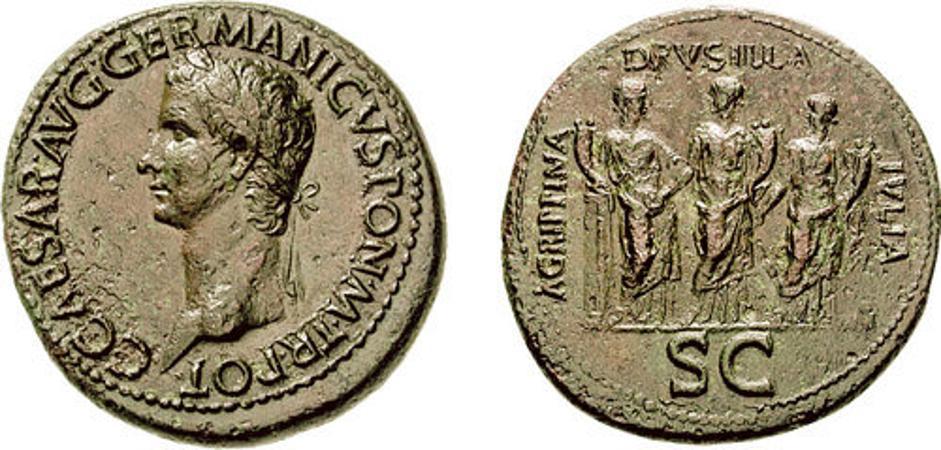
Source: Wikimedia
Pliny the Elder suggests orichalcum eventually lost its value in Rome as they struggled to obtain a source of zinc, and the known mines eventually ran dry.
Opening a Window to the Past
Tusa’s team plans to excavate the entire cargo from the shipwreck and give archaeologists the chance to pull “precious information on Sciily’s most ancient economic history.”

Source: Carlos Caamal Can/Pexels
Even if the orichalcum discovered cannot lead a team to Atantis, Tusa believes that understanding the history of ancient economics could provide some insight into the rise and fall of one of the most notable civilizations in human history.
A Yellow-Brick Road to Atlantis
While orichalcum isn’t likely to create a yellow-brick road that leads straight to the doors of Atlantis, the ingots off the coast of Sicily have sparked interest in researchers.
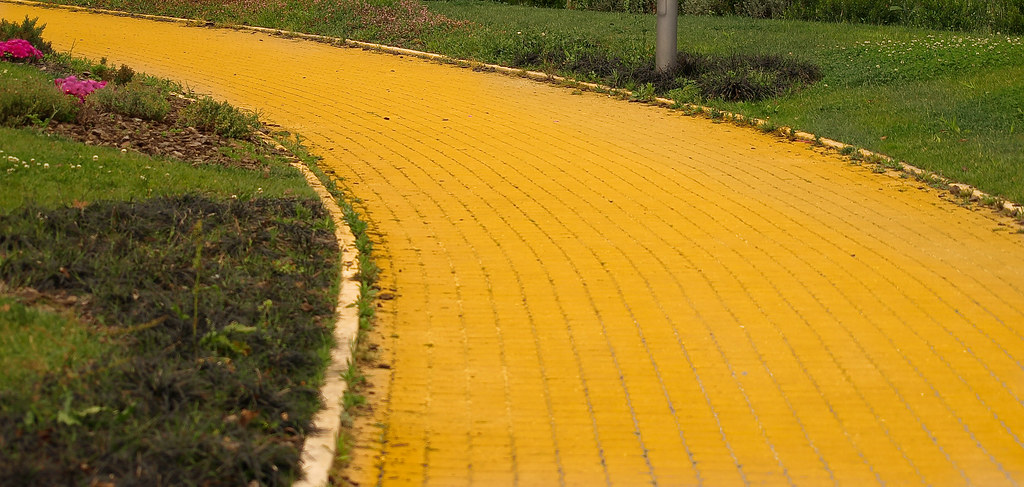
Source: airdiogo/Flickr
Many believe that the cigar-shaped bars could open a new window to the past, revealing more secrets about Plato’s famous mythical underwater city.
Did Orichalcum Originate in Atlantis?
Those who continue to postulate the Atlantis theory often suggest the Orichalcum of the Greco-Roman era may have differed slightly from the original alloy used in Atlantis. However, they argue it’s possible the Greeks inherited this metal from the ancient seafarers.

Source: Wikimedia
Nonetheless, the discovery of the orichalcum ingots close to Sicily kept hope alive among Atlantis enthusiasts, with many suggesting they are one step closer to finding the sunken city and its riches.
Orichalcum Isn’t a Myth, But Atlantis Is
There is still a strong chance that Atlantis is a myth made for entertainment. Ocean explorer Robert Ballard, an explorer for National Geographic, says there are “no Nobel laureates” that what Plato wrote about Atlantis is true.

Source: Freepik
“[Plato’s] ideas about divine versus human nature, ideal societies, the gradual corruption of human society—these ideas are all found in many of his works,” Ballard notes. “Atlantis was a different vehicle to get at some of his favorite themes.”
The Legend of Atlantis
The legend of Atlantis is about a society of moral and spiritual people who lived in an advanced utopia that fell victim to their own greed which left them morally (and probably financially) bankrupt.
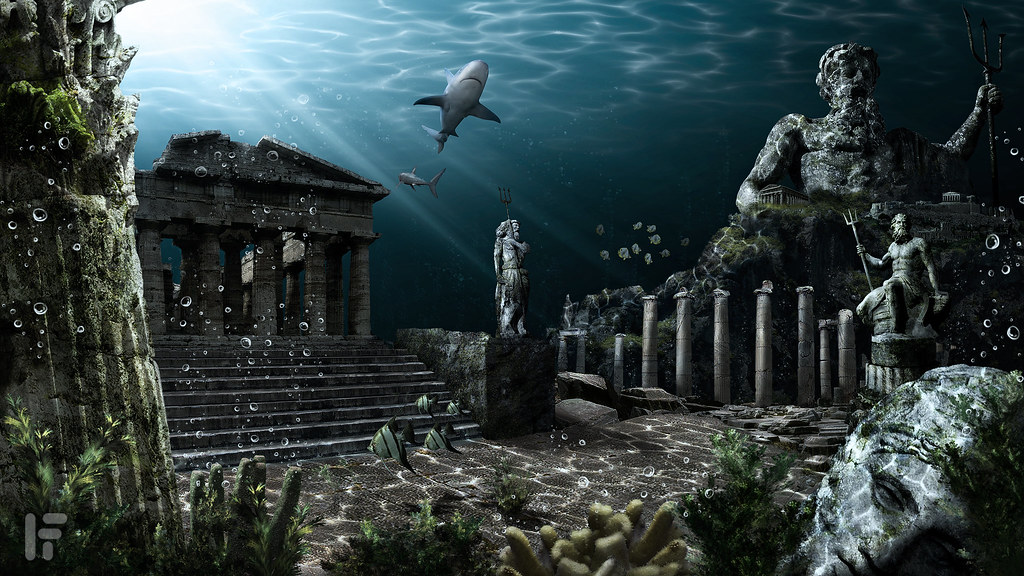
Source: Hernan Fednan/Flickr
As punishment, Plato stated, the gods sent “one terrible night of fire and earthquakes” that caused Atlantis to sink into the sea.
Just a Cautionary Tale
Beyond the Greek philosopher’s inventions of an idyllic civilization turned evil to tell a cautionary tale, no other written records of Atlantis exist outside of Plator.
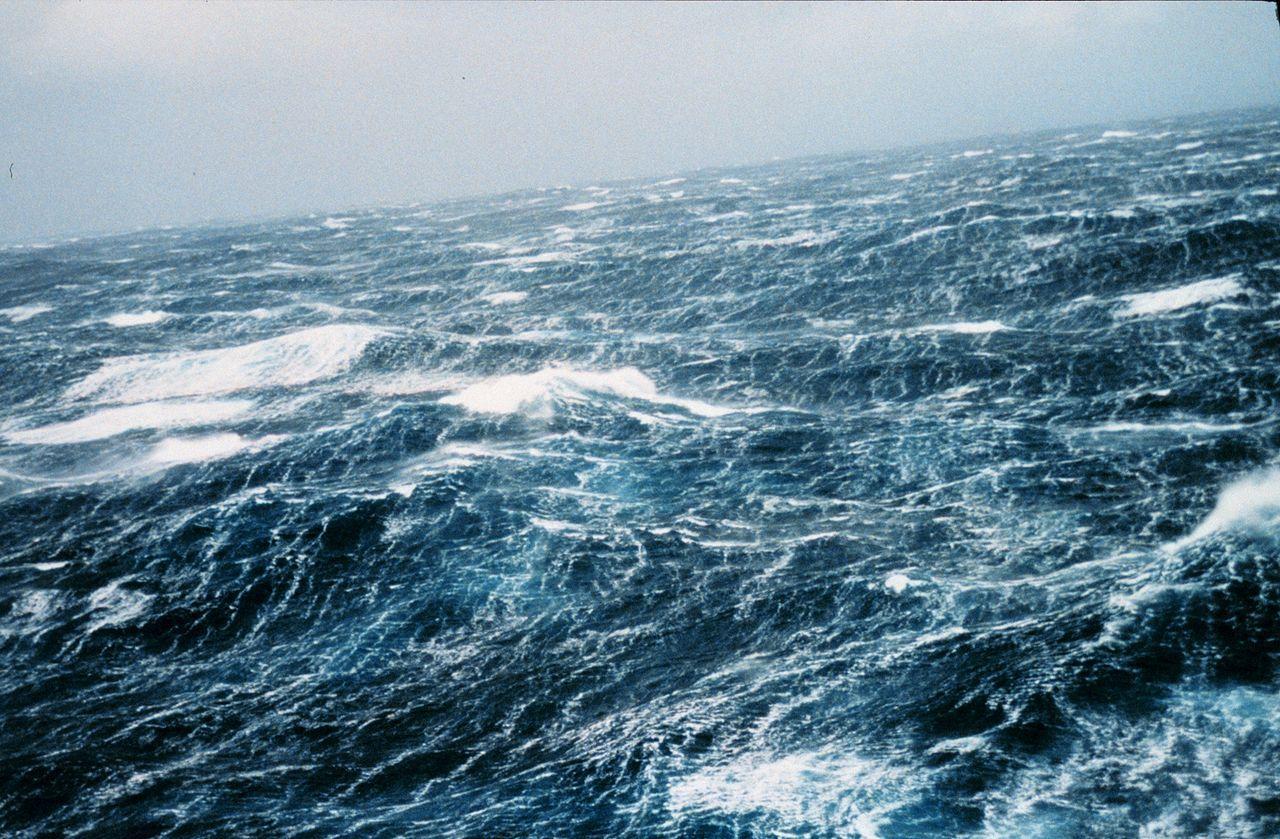
Source: Wikimedia
Despite modern advances in oceanography and ocean-floor mapping, researchers have never found traces of a sunken civilization.
The Secrets of the Ocean
The rediscovery of the metal has sparked speculation about a hidden truth, but there is nothing hidden about it. Orichalcum was likely a beautiful metal that Plato was familiar with and wrote into his prose, just as others before and after him had.
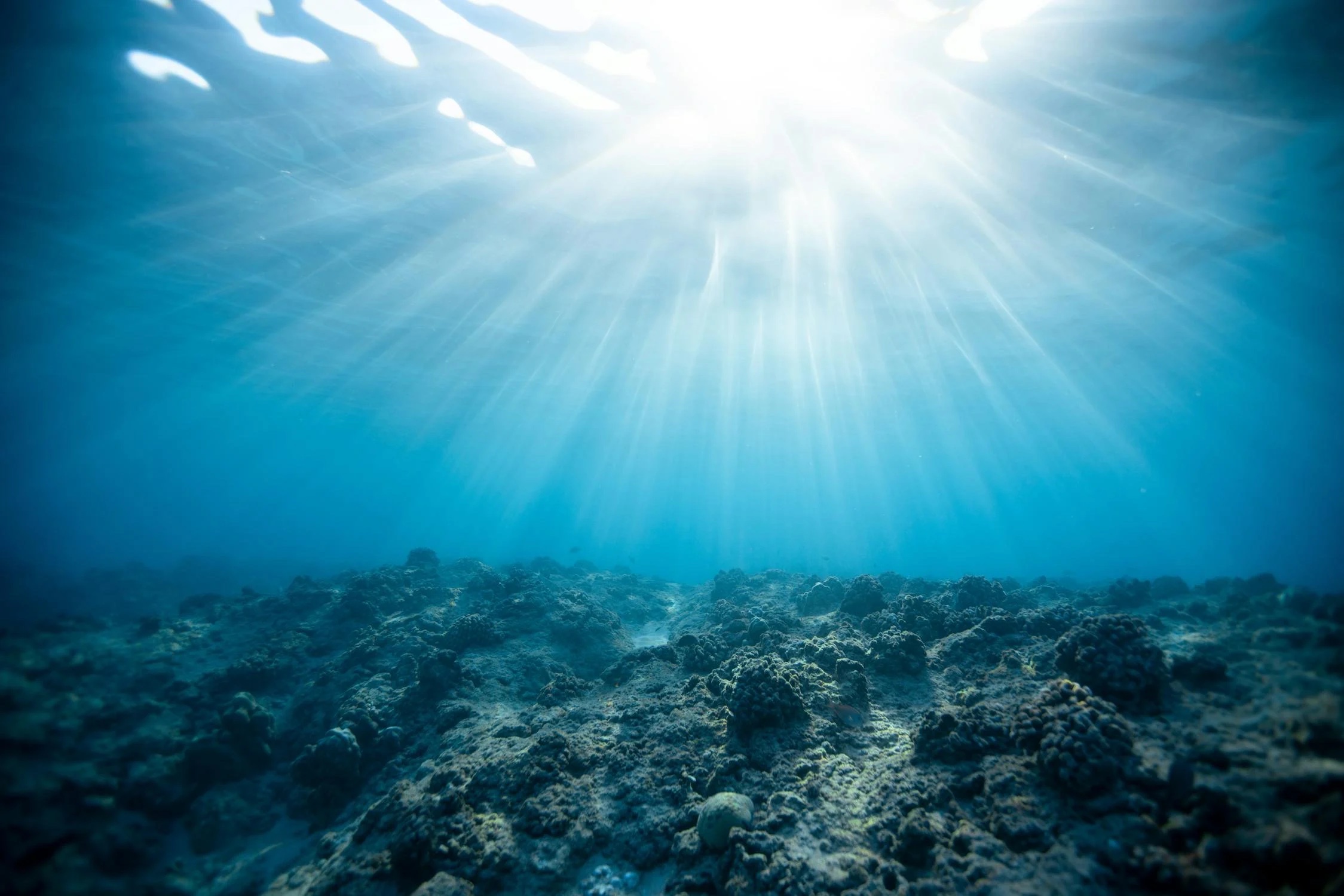
Source: Jeremy Bishop/Pexels
The Earth has changed drastically since orichalcum winked out of existence. But these rare remains that lay on the ocean floor prove that there are more secrets to our past hidden out there.
